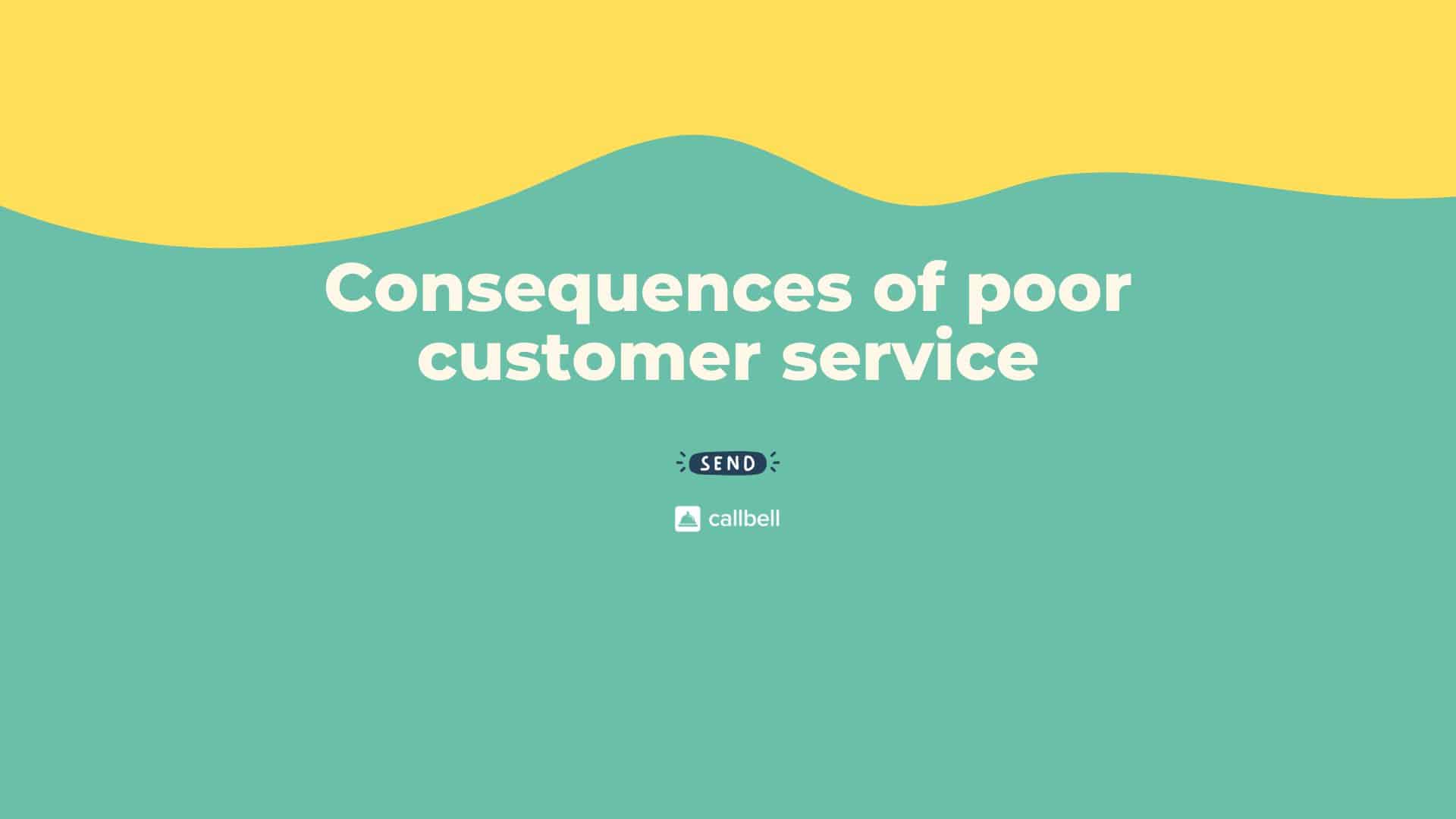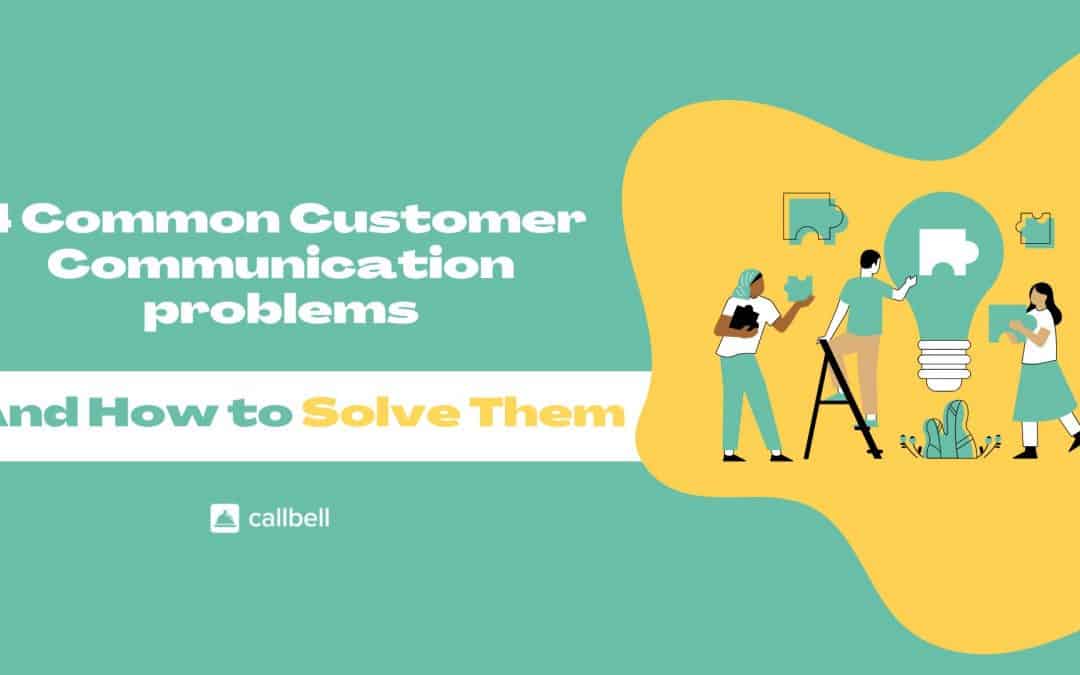Customer service is one of the fundamental pillars of every company. It is not only about offering services and products that properly meet the need of the niche, since there is also the need for communication for users who have questions, those who are interested, or to provide technical support after the purchase.
Something to keep in mind is that customer service can not be limited only to encourage a purchase, to make the conversion. This gives a very bad image to the company, projecting that it only wants to make money, without treating customers well. This, even if the relationship is commercial, generates distrust and diminishes credibility.
Knowing how to communicate correctly with customers implies knowing in more depth the reason for the customer’s contact with the company. This will help to detect the problems they have and achieve a viable solution. For this reason, we are going to share with you the 4 most common communication problems with customers.
The basic thing is that both parties understand each other: this is the basis of communication. If there are one or more barriers, i.e. difficulties, the information will not flow well and the correct message will not be interpreted.
So, having a good customer service is about meeting the communication needs that the customer has, both effectively and efficiently. That is to say, to give real and concrete solutions, in short periods of time. Honesty and active listening are necessary to give the relevance that each client has for the company.
This leads to a satisfied customer who may remain loyal for future purchases. It is one of the most effective ways to produce a link between the two parties.

It is important to know how to recognize the problems that the company currently has and prevent those that may arise in the future. One recommendation is to make a thorough assessment to detect these problems and address them. Here are some of the most frequent, so you can begin to detect if your company has them.
1) The difference between languages
Language barriers are both the most common and the most time-consuming obstacle to solve. It creates problems within the company and with clients who don’t speak the same language as the agent. While it is impossible to completely eliminate the inconvenience, there are ways to make it much more bearable:
Identify which languages are spoken most by the customers your company has.
This is essential for you to have native speakers of these languages. In general, the most common are English, Spanish, Portuguese and Chinese, the most widespread languages. But it is also true that, for example, on the European continent there is a lot of diversity, so it will depend above all on the target to which the company has aimed, which is also defined by nationality.
Take training courses
Communication obviously involves knowing how to communicate. It is crucial that agents know the most common languages they will use. To this end, the company should constantly provide training courses to improve the level of each language required by the company.
Of course, it is very difficult for one person to learn several languages at the same time, especially while working. The idea would be to focus on a group that has a higher level depending on which language is required. That way, when a client arrives and the agent can’t communicate, they can refer them to one who can. Additionally, incorporating coaching programs focused on communication skills can further enhance agents’ proficiency. Using reliable coaching platforms ensures agents receive effective guidance to improve their language proficiency and communication skills.
Speak clearly
It is very important to always speak as clearly as possible so that the customer understands. This will also encourage them to communicate slowly and clearly. Simple sentences and words also help to this end.
If neither party is speaking in their native language and they are communicating in English, for example, they will be able to understand each other if they have a sufficient language level and speak in a way that makes it easy for the other person to understand.
Have translators in the written channels
There are tools, such as some CRMs, that translate what is being typed live. This helps to ensure uninterrupted communication.
2) The difference between time zones
Immediacy is essential to make a person understand that they are being listened to. Internationalization sometimes makes it difficult to match the client’s schedule with that of the company. One solution is that, if there are agents in various parts of the world, more customer service hours are covered.
For continuity, it is important that there is internal communication between agents. Leaving notes in the corresponding chat using the CRM is a good idea, if that particular customer requires further attention with another agent.
3) The live chat interaction is confusing.
It is imperative to have a live chat option on the company’s website that is clearly visible and accessible. Live chat conveys confidence and invites communication. And, of course, there must always be agents available to assist. All of this can be easily integrated with a CRM, which also allows agents to manage messages from multiple sources from a single inbox, so they’re available from every office the company has.
Small interactions that are programmed, such as the indicator when a message is being typed, the confirmation of reading, the agent’s confirmation that he is listening or solving the problem, etc., are excellent for the customer to feel heard. Remember that in a chat, even if it’s live, it’s not face to face, so you have to give the impression that there is someone actively listening behind the other screen.
4) Not knowing how to deal with problem customers
It is essential to have a company guide for each case of a problematic customer. Of course, a general communication manual is essential, but it is also necessary to foresee that the company may deal with people who are more difficult to talk to. The agent should not take it personally and know how to rely on the guide provided by the company.
Of course, in order to know how to proceed, the first thing to do is to identify the type of problematic customer and then implement the regulation. Each agent has to be properly trained in this aspect. And if you can’t do it at the time, let someone else do it.
It will also be a great advantage to have customer service agents who are native speakers of the language of the customer. Communication will be very difficult without the necessary calm, so it is extremely helpful to have someone who is fluent so that they know what the customer is saying.

In short, having good products does not guarantee a sale. The human work to offer a communicative attention is essential. On the other hand, the use of a good tool that works hand in hand with human management is ideal, so we recommend using Callbell. If you want to know more about this tool, click here.
Frequent Questions
What is good customer communication all about?
So, having a good customer service is about meeting the communication needs they have, both effectively and efficiently. That is, providing real and concrete solutions, in a short period of time. Honesty and active listening are necessary to give the relevance that each client has for the company.
The consequence is to have a satisfied customer who may remain loyal for future purchases. It is one of the most effective ways to produce a link between the two parties.
What are the consequences of poor customer service?
In short, having good products does not guarantee a sale. The human work to offer a communicative attention is essential.
About the author: Hello! I am Alan and I am the marketing manager at Callbell, the first communication platform designed to help sales and support teams to collaborate and communicate with customers through direct messaging applications such as WhatsApp, Messenger, Telegram and Instagram Direct




